WHY? Why?
You think… As you once again examine your closet after determining your seasonal color palette.
Case— and— point ⬇️

So many unworn pieces, so much wasted money and so many truly off-the-mark color choices.
Seasonal color analysis is a guide, pure and simple. It’s not a strict rulebook eliminating your favorite colors from your grasp or a cult-like endeavor to indoctrinate you into color theory education (or at least not a crazy cult 😉).
But, once you understand the basics of color and your seasonal color palette, your shopping habits, and wardrobes will finally be streamlined and composed of colors that make you shine.
Color has an immediate effect on your mood and aesthetic, so it’s worth taking the time to develop and tweak to fit your beautiful, natural look.
Seasonal Color Palette Capsules { Winter 2023 }
So every season I put out a general capsule wardrobe guide and advise people how to build, vet, and customize their own versions.
But, a common question that kept arising, was “How do I make this work for my own seasonal color analysis?”. So, I decided to do something about it.
These winter capsules for each seasonal color palette are by no means meant to inhibit your own creativity or limit your use of a palette. Instead, they are meant to give you some ideas on the main color qualities of each season and sub-season, help examine how to coherently build a wardrobe color palette, and potentially help you start identifying your own “best colors”.
This is great! Now, I don’t have to learn what chroma, value, and undertones mean!
Well, not exactly. There are some stylists who will just tell you to see a professional, find your seasonal color placement, and buy a fan. And, I’m not going to say that advice is “wrong”, because it is a potential first step…
But, the problem with stopping there is…
The more you can finetune your color eye and the general principles of color theory and how they relate to your seasonal color palette, the less likely you will be to get tripped up by “that blue” or “this gray”. Or determining if that brown (warm hue) has more yellow (warm-toned) or more blue (cool-toned).
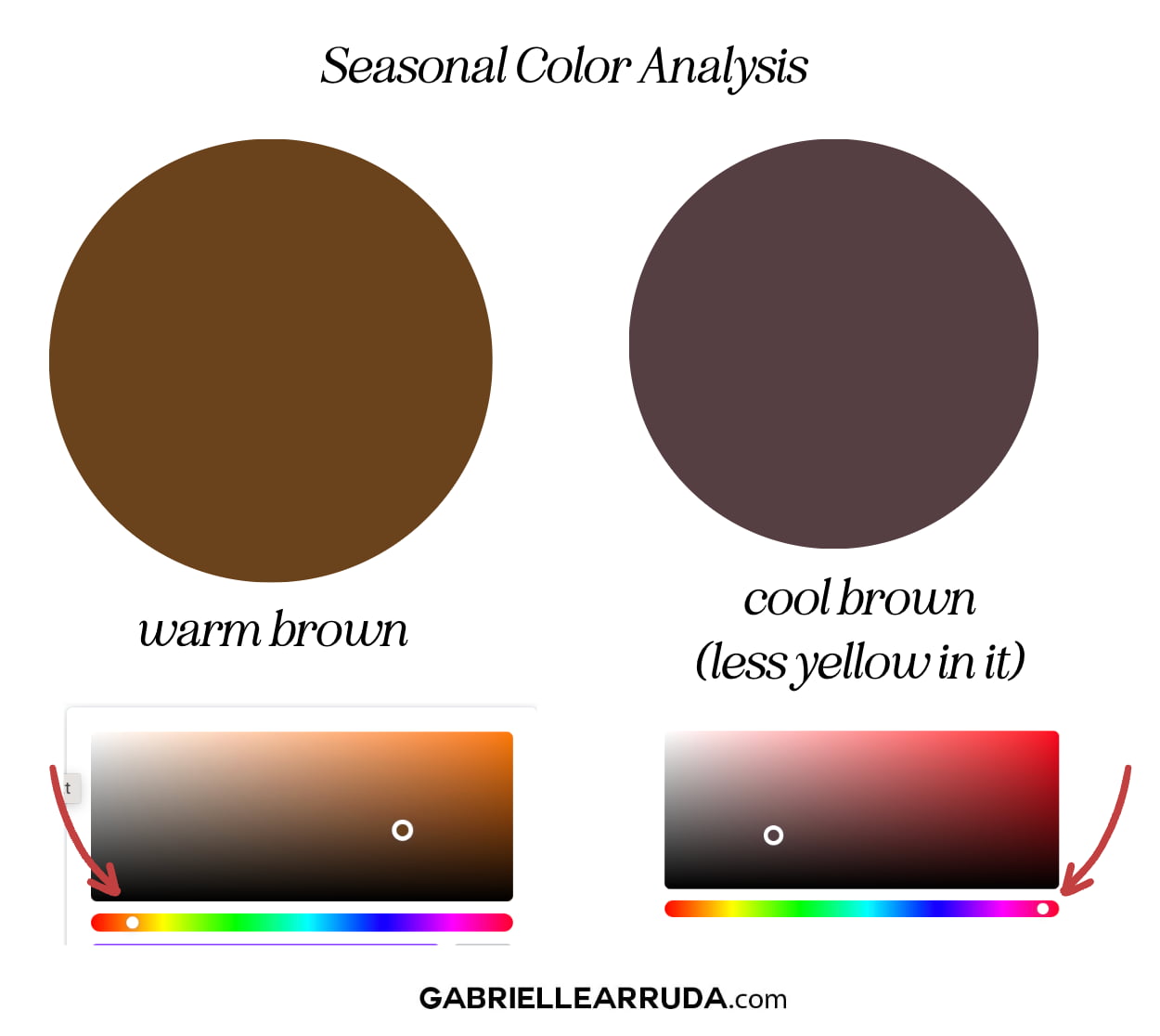
But these capsules don’t fit my style needs or my favorite colors from my palette!
Again, the following winter capsules are just to get your imagination going and to help visualize what each wardrobe could potentially consist of. It also shows the relationship between colors and how to narrow how many colors you use within your palette for a capsule.
If the pieces I’ve chosen don’t fit your style goals, feel free to check out the shopping links for more options, or start honing your own capsules from scratch.
Note: I have not purchased these pieces and verified them to be within the palette. I am using my best judgment on each piece. Internet images can sometimes be wildly color-corrected, so make your own call, and check the return policy when shopping online for your season.
Is that color in my season?
Watch the video below for some basics on color qualities. Understanding the basic principles of color qualities will help you make the judgement calls when you’re about to hit purchase.
We may earn a commission from you clicking a link below. And as an amazon associate, we earn on qualifying purchases. Full affiliate policy, here.
Seasonal Color Basics
Before we begin I just want to add a few general seasonal color images to help you understand the main color qualities and characteristics of each season.
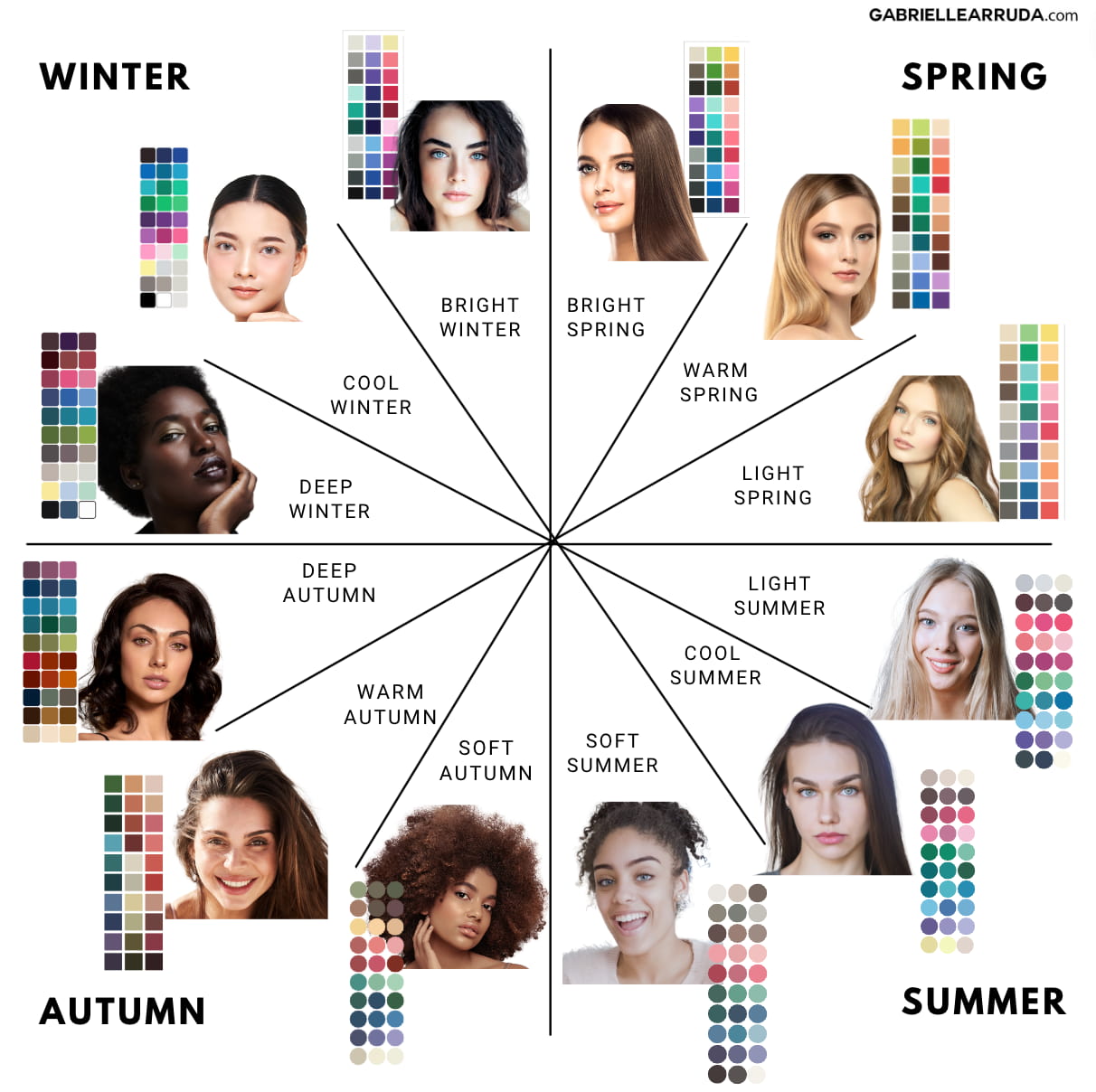
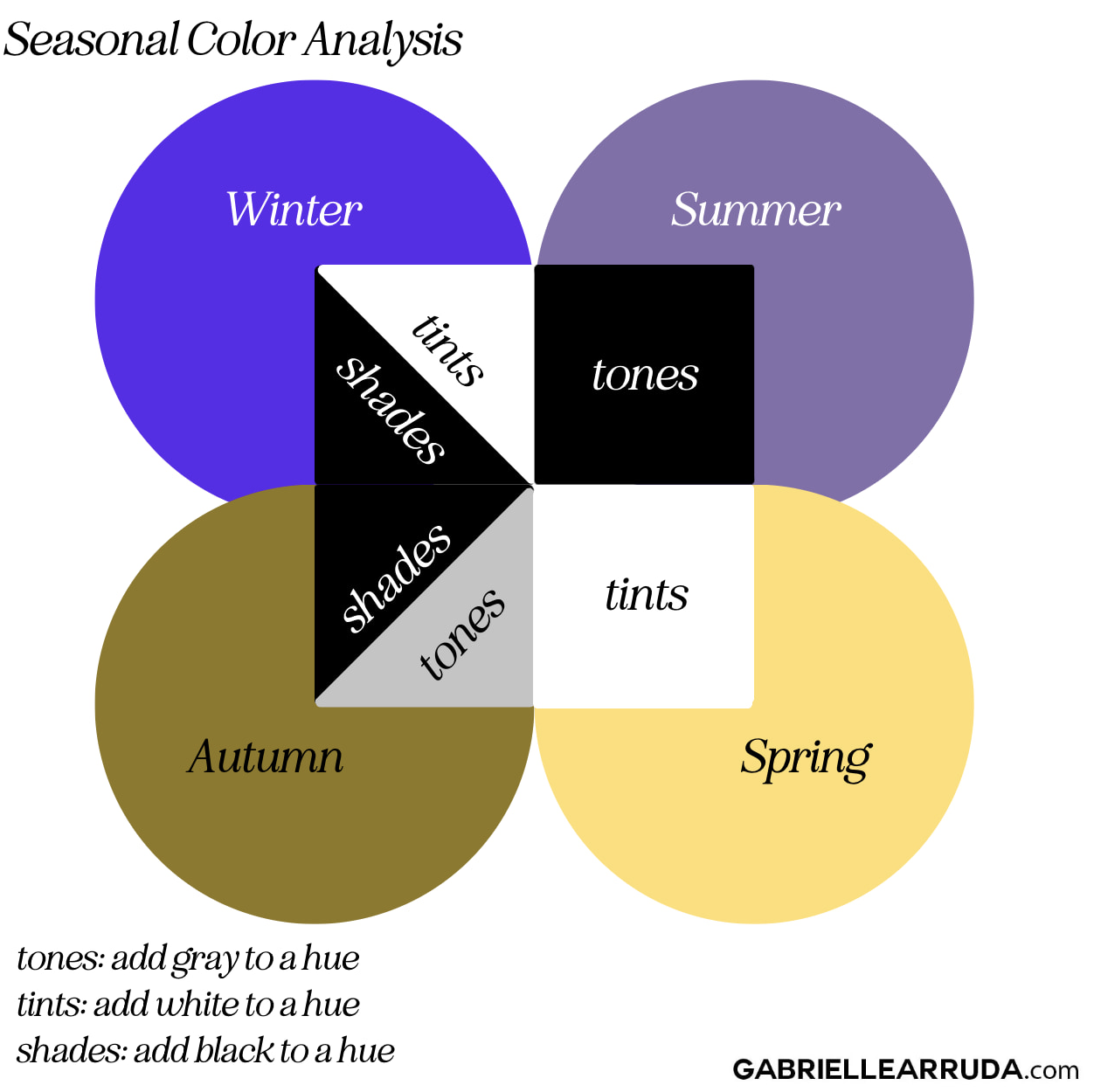
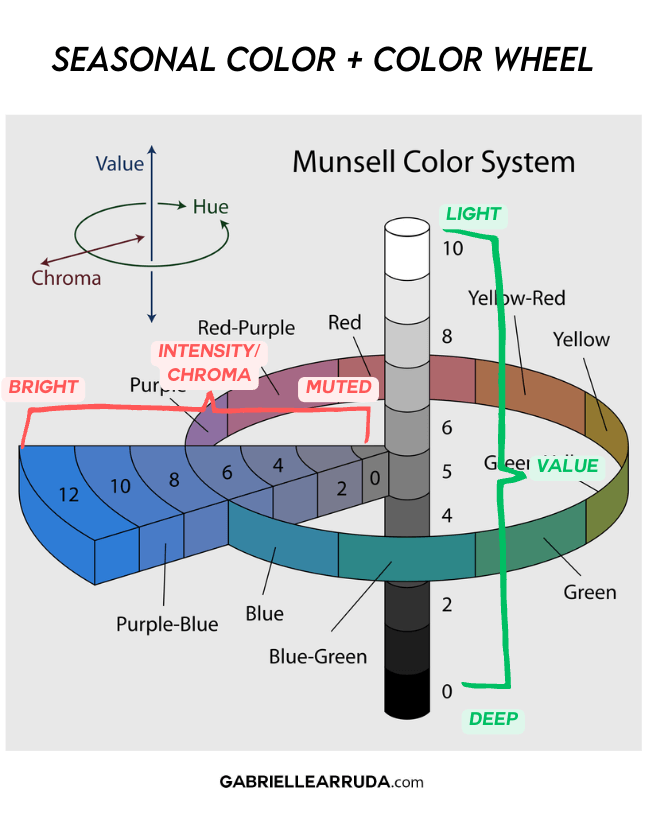
Winter Capsule Wardrobes for Every Seasonal Color Palette
Dark Autumn
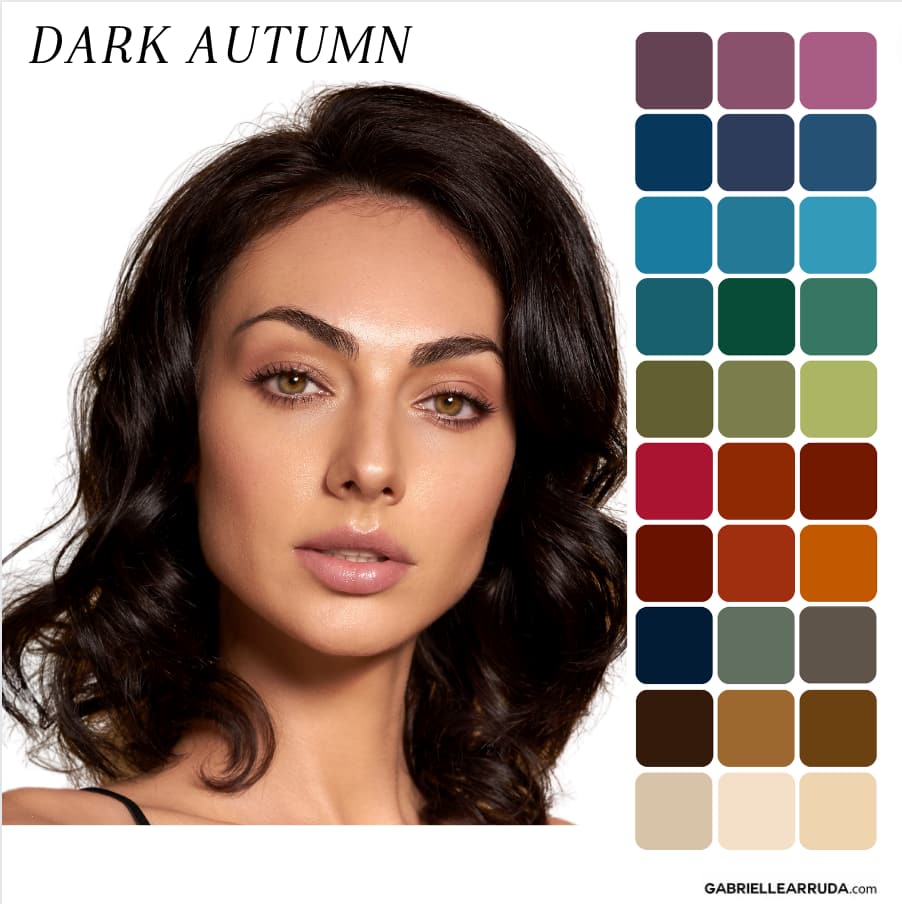
Undertone: Neutral/Warm
Hues: You mostly lean towards warm undertones in colors, but can sometimes borrow from Deep Winter (your sister season)
Value: You lean towards darker value colors (this does not mean you don’t have “light colors” in your palette, but that your colors have more gray/black added to them. You have more shades and tones in your palette.
Chroma/Intensity: You lean slightly muted.
True Autumn
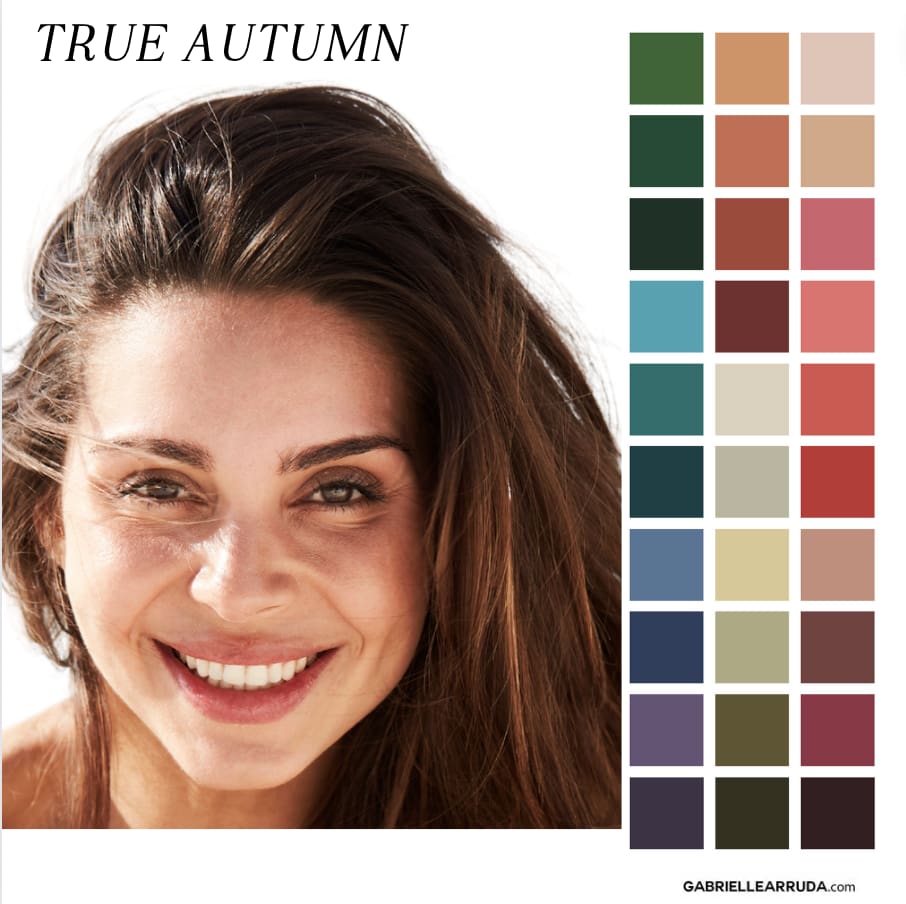
Undertone: Warm
Hues: Your hues are warm. Your sister seasons are Dark Autumn and Soft Autumn, so you may be able to borrow hues from them and make them work. If you are working with a system that has more flows than the traditional 12 season, you may find the “warm” flow works for you as well, and can sometimes feel like a few spring colors work as well. It’s all about testing what works for you!
Value: Medium. You’ll mostly be working with those 4-7 value ranges on the Munsell wheel.
Chroma: Muted
Soft Autumn

Undertone: Neutral/Warm
Hues: Warm hues but you can borrow some of the Soft Summer colors as they are your sister season
Value: Soft Autumn value is going to be medium, leaning slightly towards the lighter end of the scale. So for the majority of the palette we aren’t looking for colors that have black added to them, that would add depth to them and would be shades (more often found in Dark Autumn).
Chroma: Muted. Autumns in general lean muted (which means they are looking for tones, e.g. gray added to the color or colors that have been softened).
Soft Summer
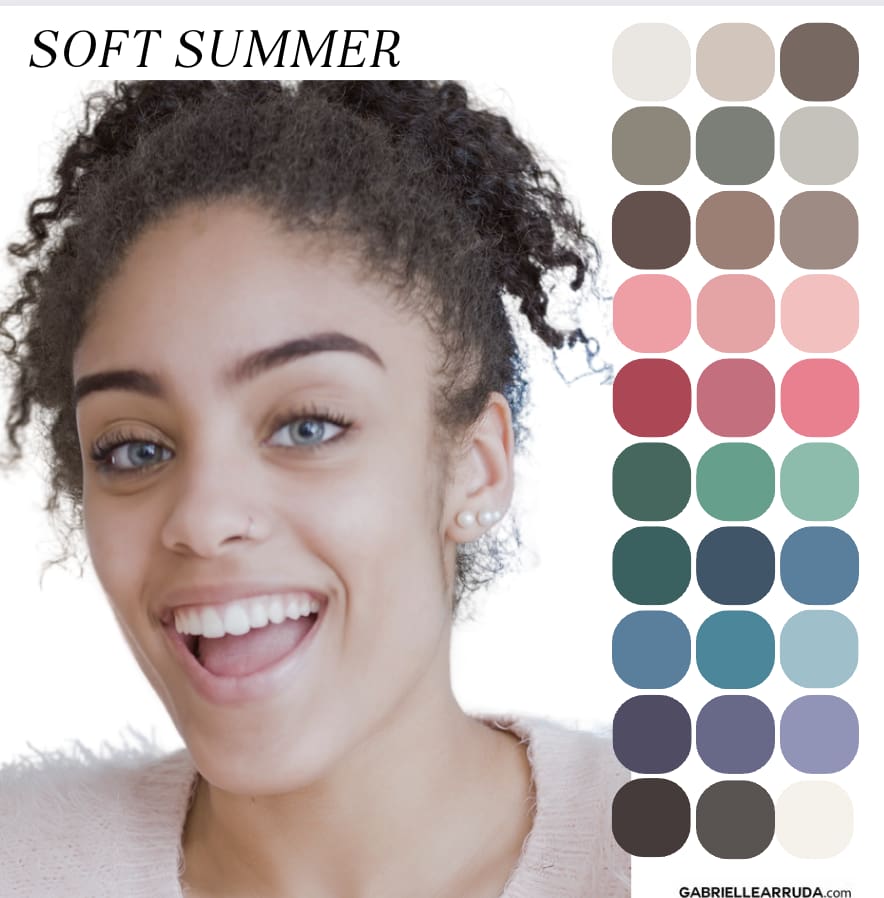
Undertone: Neutral/Cool
Hues: You’re looking for cool hues but you can borrow some of the warmer hues from Soft Autumn since they are your sister season.
Value: Your value levels are in the middle, and can sometimes lean slightly lighter or slightly darker but not extremely so. Value is measuring how much white is added (tint) or how much black is added (shade). Soft summer thrives in the middle of this scale.
Chroma: You shine in soft/muted colors on the chroma/intensity scale. This means you are looking for tones (gray added to the color).
You’ll notice this image doesn’t have “only pastels”. Pastels for Soft Summer is not a great description. They are the darkest summer season (in terms of value!), and summers work with tones, so while they don’t have the contrast levels and saturation levels of winters, they still can have a palette with these moody colors.
True Summer

Undertone: Cool
Hues: You’re looking for cool hues. You can sometimes borrow from your sister’s summer seasons (soft and light), and some True Summer may even be able to handle certain Winter colors. But you really don’t shine in warm colors.
Value: You are medium value. You typically don’t have super light tints (lots of white) or super dark shades (lots of black added).
Chroma: You lean slightly soft/muted on the chroma/intensity scale. But you are not quite as muted as Soft Summer. You will still have tones (gray added) in your palette though.
Light Summer

Undertone: Neutral/Cool
Hues: You typically lean towards cool hues but can borrow some warmth from your sister season light spring.
Value: Your palette has light values. This means you have a palette with a lot of tints (white added to the color). But because you are still somewhat muted in chroma, we will see some slight tones in your palette as opposed to the truly icy colors of winter. You do have the highest level of value in the summer family though!
Chroma: Your chroma level is medium. Your palette is still composed of tones (gray added) but all together they can appear energetic. When you compare them to the spring seasons though they will feel less bright.
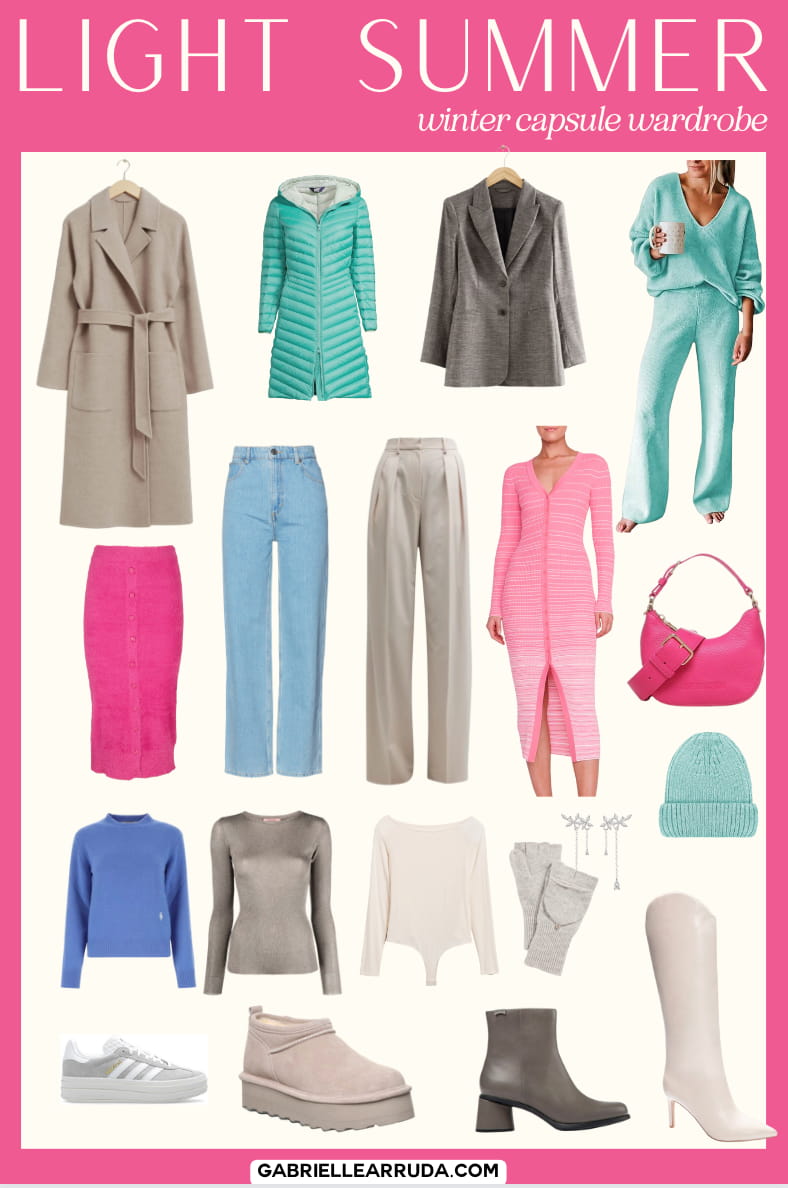
Light Spring
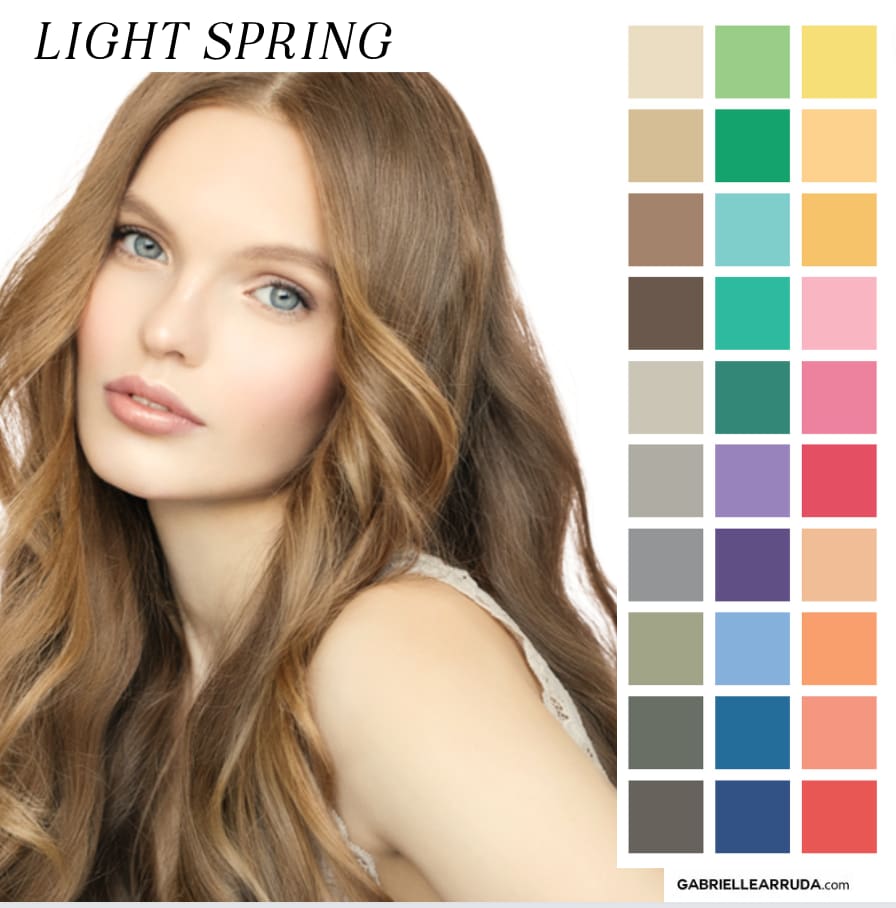
Undertone: Neutral/Warm
Hues: You typically lean towards warm hues, but can borrow some cooler colors from your sister season Light Summer. When you’re a neutral leaning like Light Spring season it may take a little experimenting to find how much coolness you can integrate. We want to lean into slightly cool colors, but not go too far you extinguish your natural warmth. Your colors feel as if they have been warmed up with yellow, so don’t go too far with the summer tones.
Value: Light (lots of tints, white added). This does not mean you don’t have darker colors in your palette, but that you don’t have true black or deep shades in your palette.
Chroma: You lean medium to slightly bright. You have more clarity in your overall coloring, but not as much brightness in the palette as True Spring and Bright Spring.
Just to note, LIght Springs is a rarer season overall (according to many analysts, including Christine Scaman of Sci-Art). This can make it difficult to find your colors “out in the wild” shopping. Take your time finding truly fantastic staples, because it may mean you need to familiarize yourself with your palette extremely well and your color qualities.
True Spring
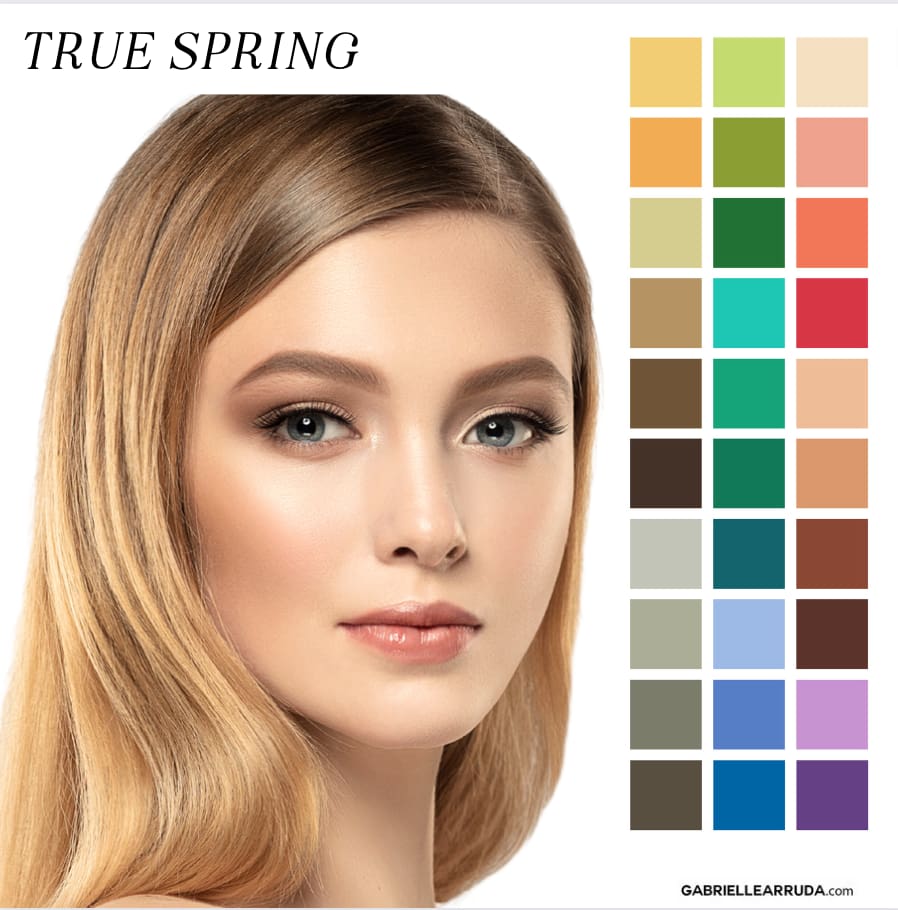
Undertone: Warm
Hues: Your hues are warm, and while you might be able to borrow other warm colors from Bright Spring or Light Spring, you cannot borrow any cool colors. In some larger systems, you can have a flow of “warm” which means you can borrow some autumn colors, but this will be something you need to narrow down slowly and methodically.
Value: Your palette leans towards light values. This means you have a lot of tints (white added) and colors warmed up with yellow. Overall your palette doesn’t get too dark.
Chroma: You lean towards the brighter side of the spectrum. You don’t have the muted quality or palette like True Autumn. Because your colors are warmed up with yellow, they will feel less “bright” than Bright Spring.
Bright Spring
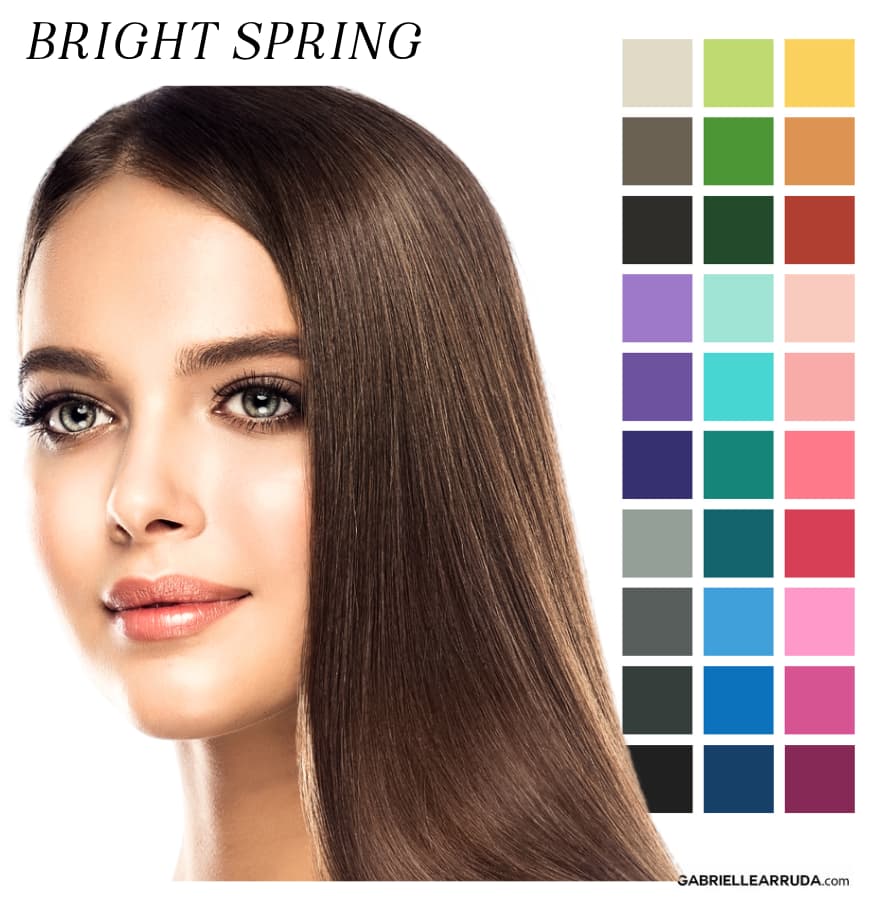
Undertone: Neutral/Warm
Hues: Your hues are warm or neutral but you can lean into some cooler colors from your sister season Bright Winter.
Value: Your values are medium leaning slightly towards the lighter side of the spectrum. You have more tints (white added) and fewer shades (black added) in your palette.
Chroma: You are bright and clear! Think of the flavors of jello and you’ve got a good palette to start with 😉
Bright Winter
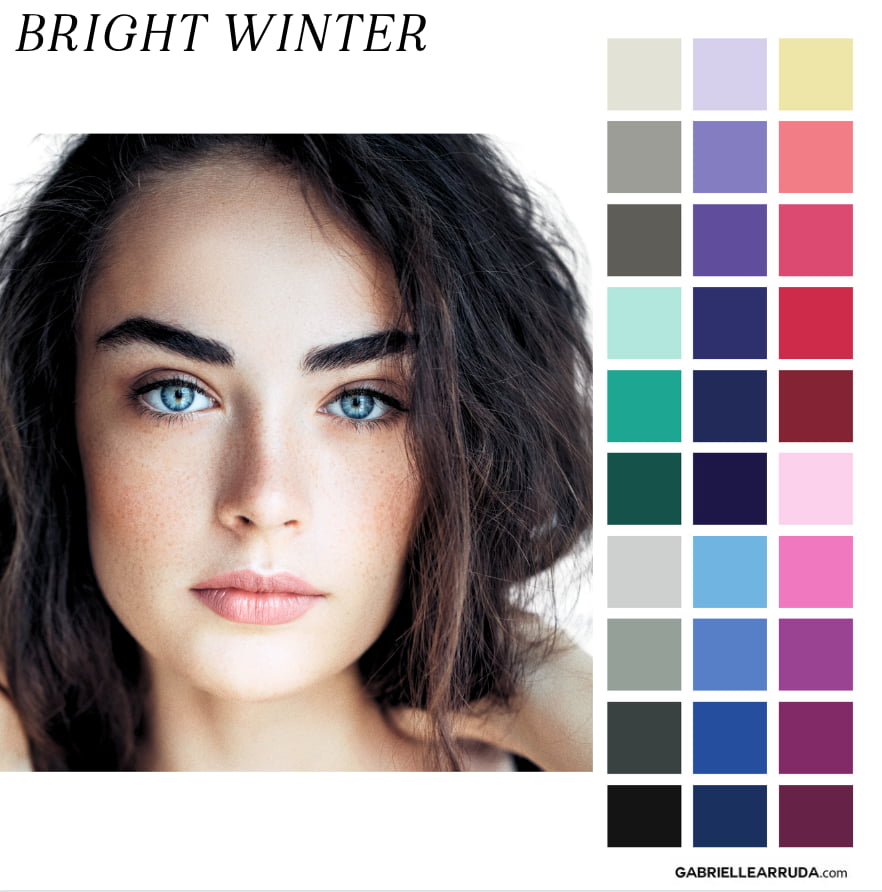
Undertone: Neutral/Cool
Hues: Your hues are primarily cool but you can let some warmth in with your sister season Bright Spring.
Value: You have a wide range of values in your palette with true white and true black, but most fall in the medium value range.
Chroma: Bright!! Your chroma is bright (no tones, no gray added to the colors), just pure saturation! Your palette overall will feel very vibrant.
True Winter
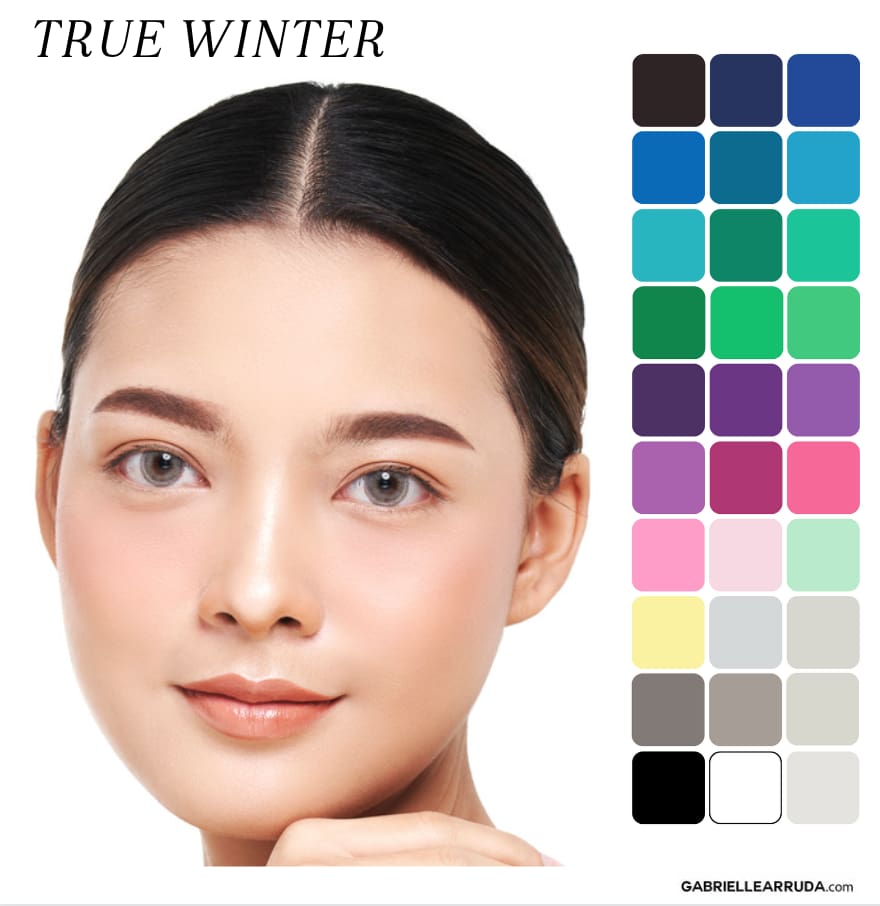
Undertone: Cool
Hues: Your hues are all cool. Your sister seasons are your fellow winters, so you won’t have any warmth bleeding into your palette. However, that does not mean you don’t have yellow in your palette, in fact, yellow is found in every palette (and is part of our skin!). You’re going to find a lot of similarities to the three primary colors (true red, yellow, blue) in your palette. Remember that with True Winter, coolness is your priority overall!
Value: Usually medium leaning slightly dark.
Chroma: Typically leans slightly bright.
Remember that True Winters address their coolness first and foremost. Depending on the individual they may prioritize their chroma or their value second. This needs to be tested by draping.
Dark Winter
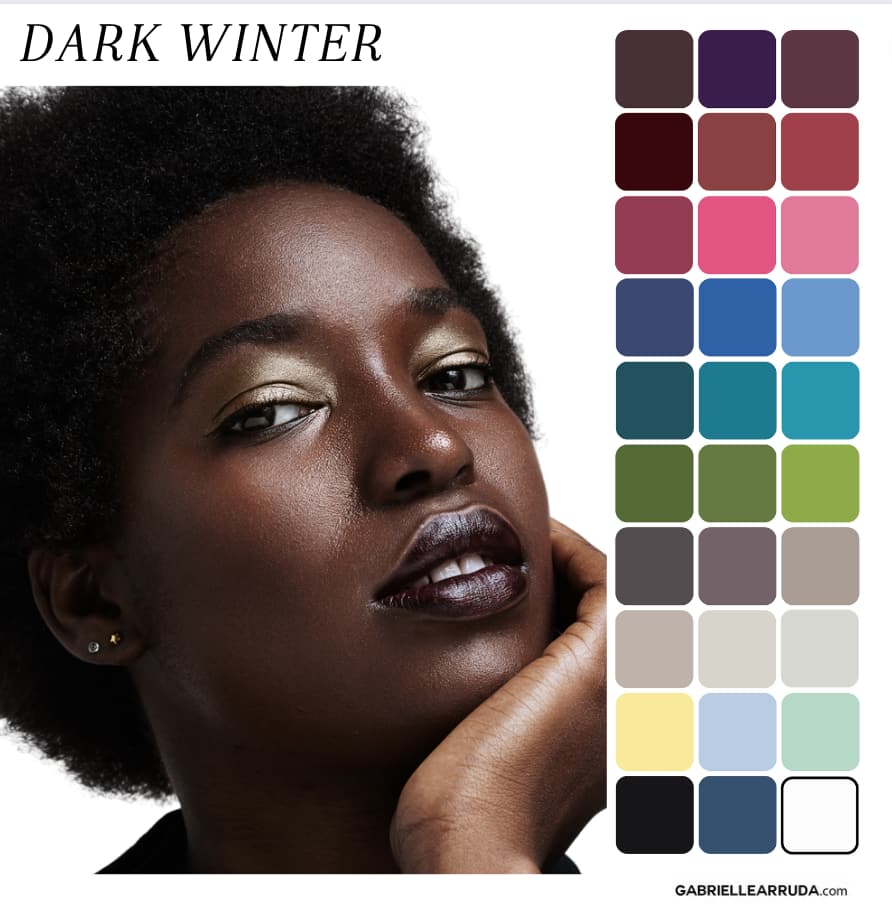
Undertone: Neutral/Cool
Hues: Your hues will be cool but you can find some warmth seeping in with your sister Season Dark Autumn.
Value: Dark. This is one of your primary focuses, making sure your color palette has enough depth/darkness (shades mixed with black!). Any light colors will be “icy” (added white, no gray).
Chroma: In terms of intensity you are in the middle leaning slightly towards bright. You don’t have the muted quality of Dark Autumn, but you also don’t have the brightness of True or Bright Winter.

Let me know if this format of capsule wardrobe building has been beneficial and if I should continue to create these examples for future seasons.
Remember that each palette and individual is unique. These are simply base examples to show you how one might build a winter capsule wardrobe around their seasonal color.
It can also give you some insight into narrowing down your color choices at first so that you can really hone your color qualities and make sure they are all working together before you integrate new colors into your closet. I suggest starting small! Once you find one color that is fantastic on you and fits your palette, use that as a comparison point when adding new colors.
Want more Seasonal Color Information? Check out my seasonal color resources, here.
Keep warm and colorful!
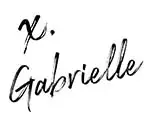
P.S. Pin the below image so you can reference your capsule whenever you’d like!



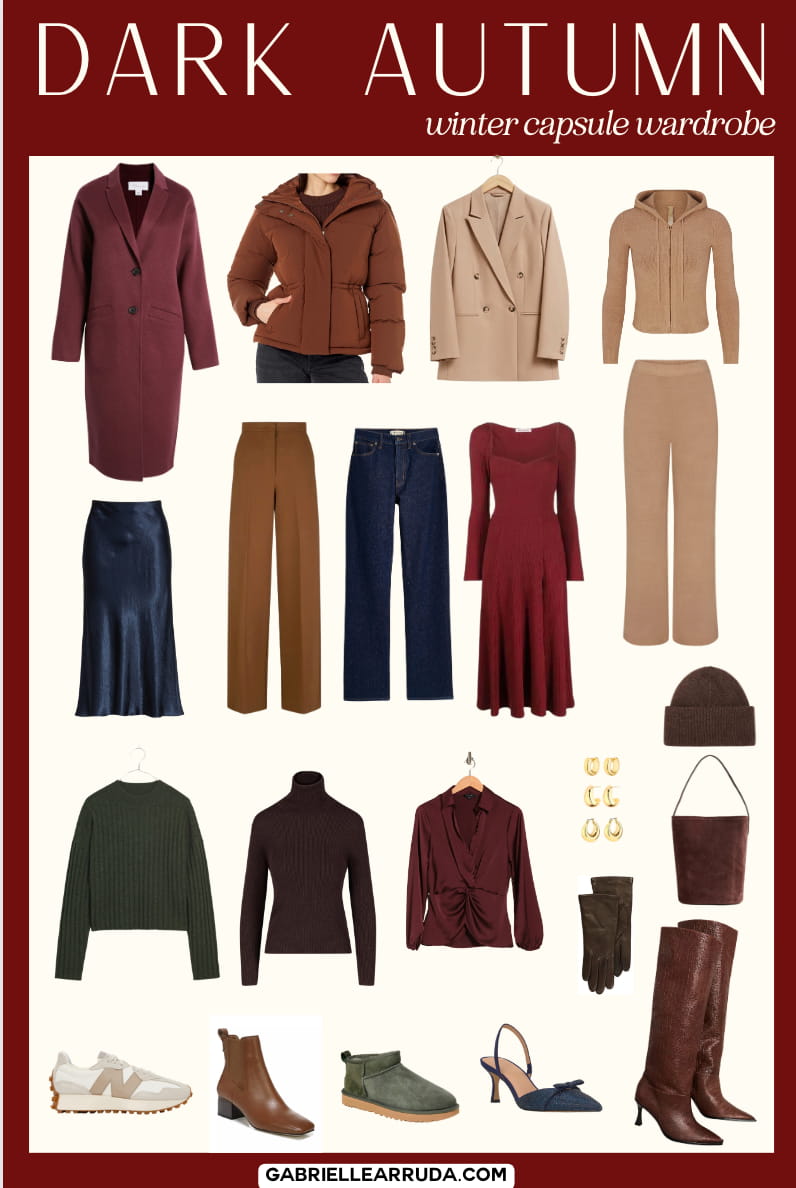
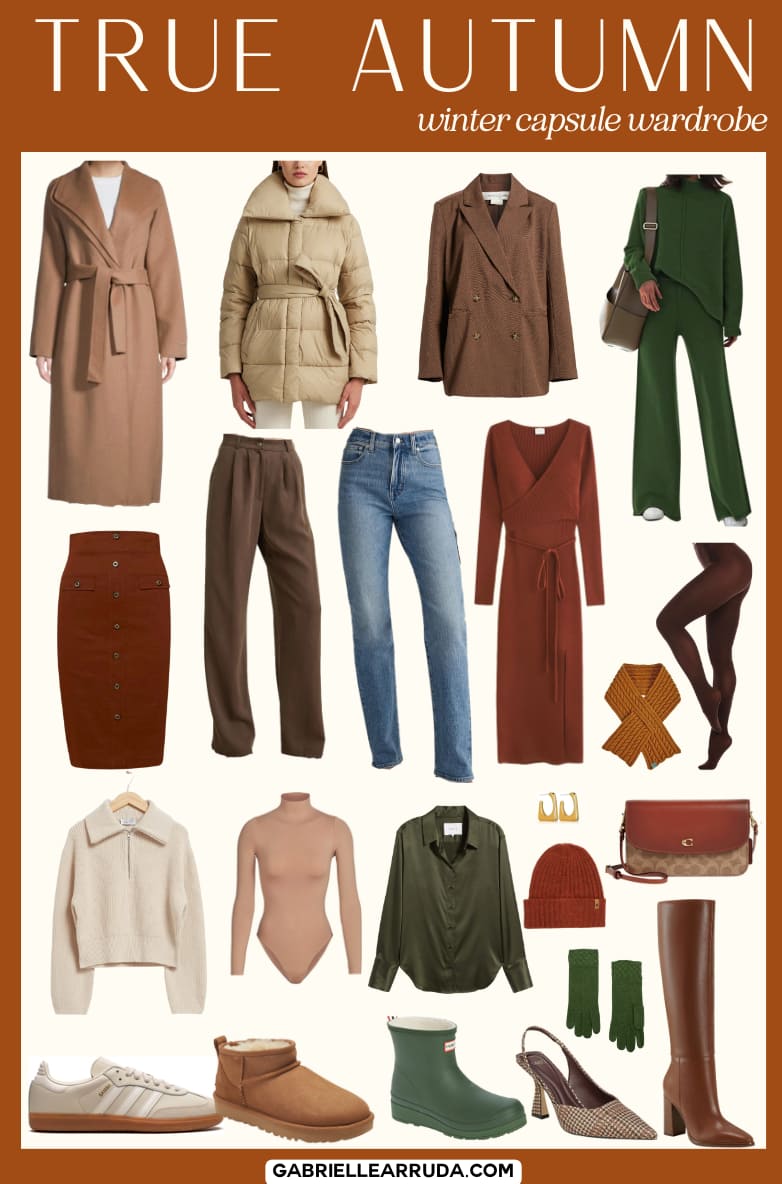
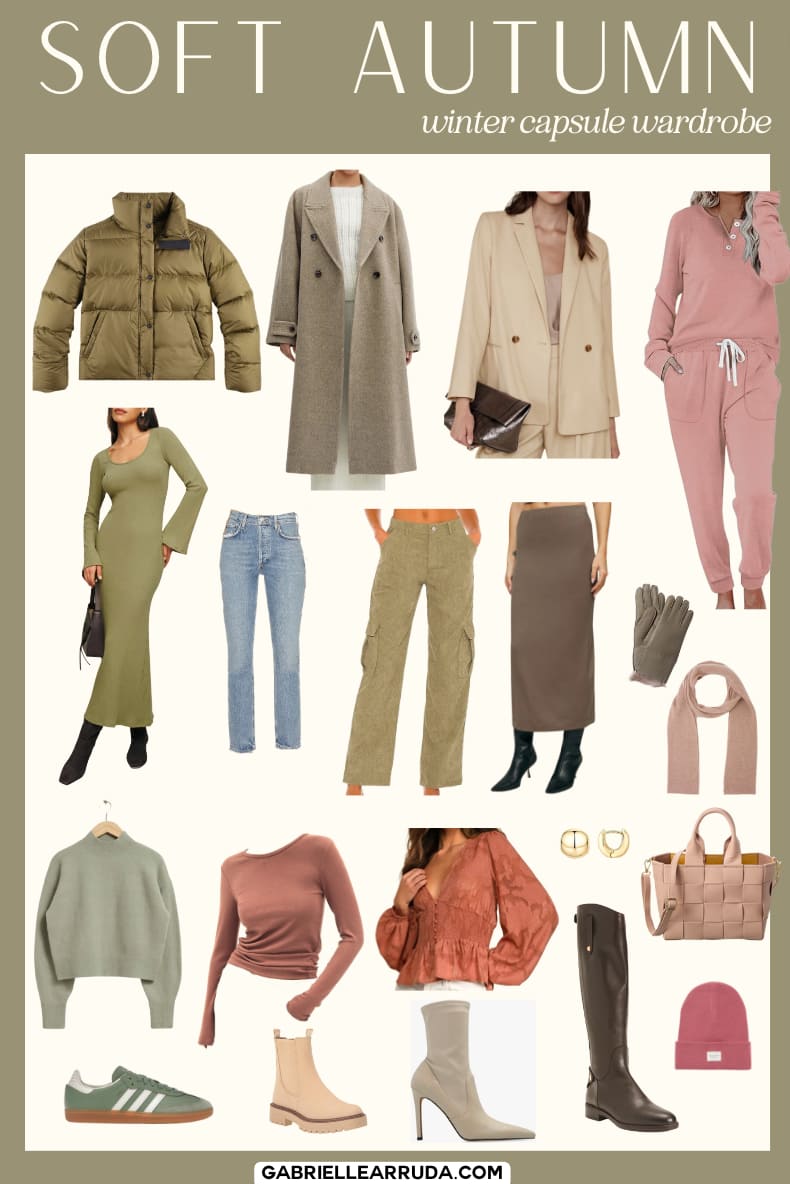
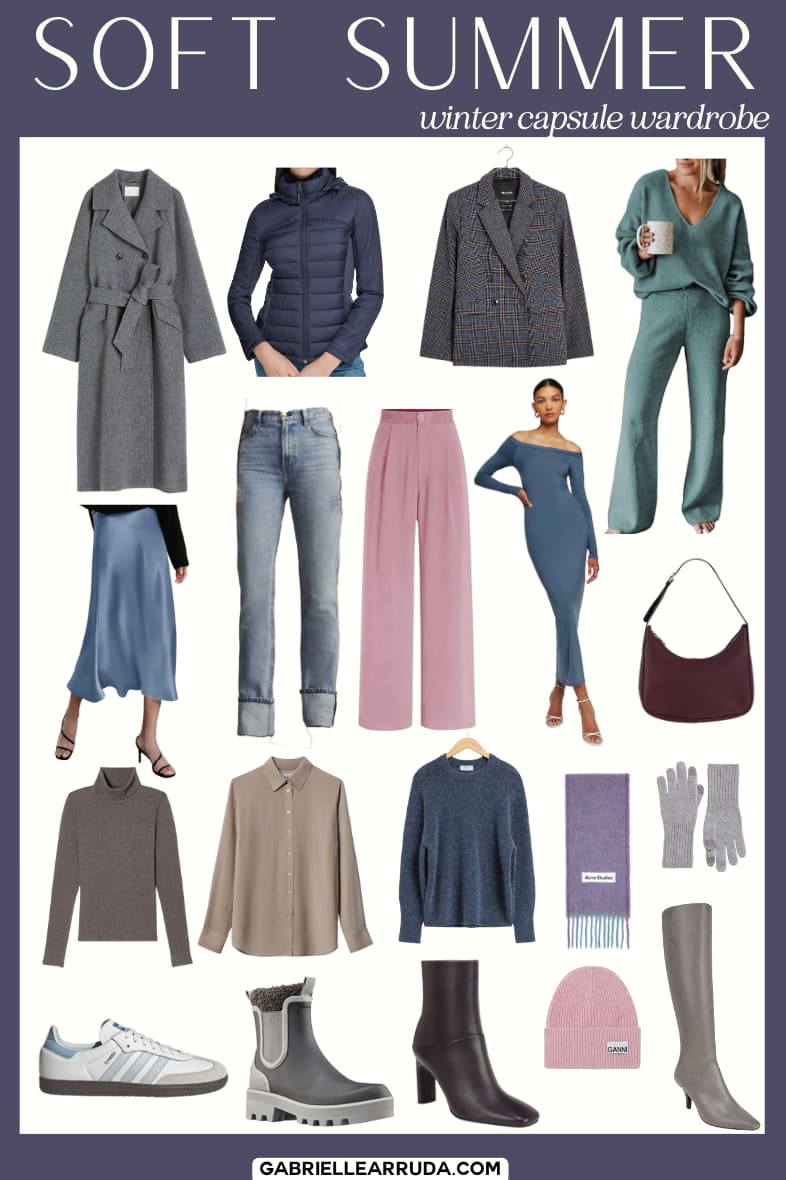
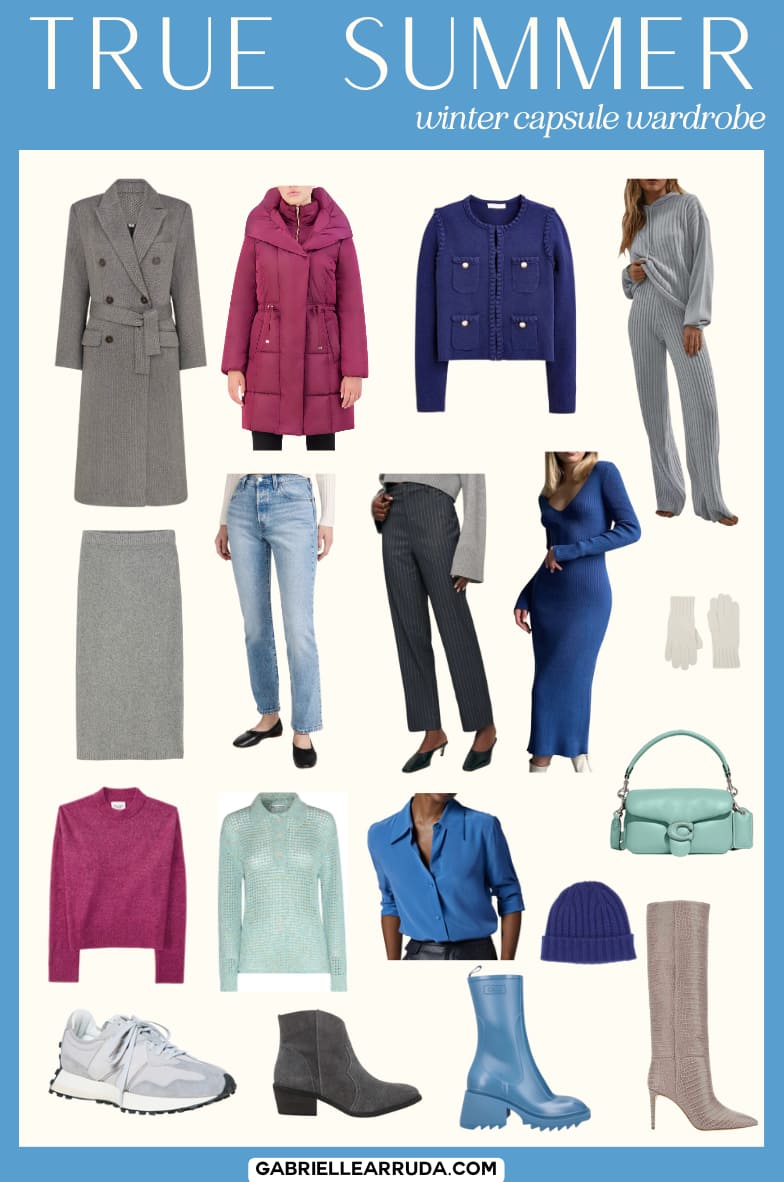

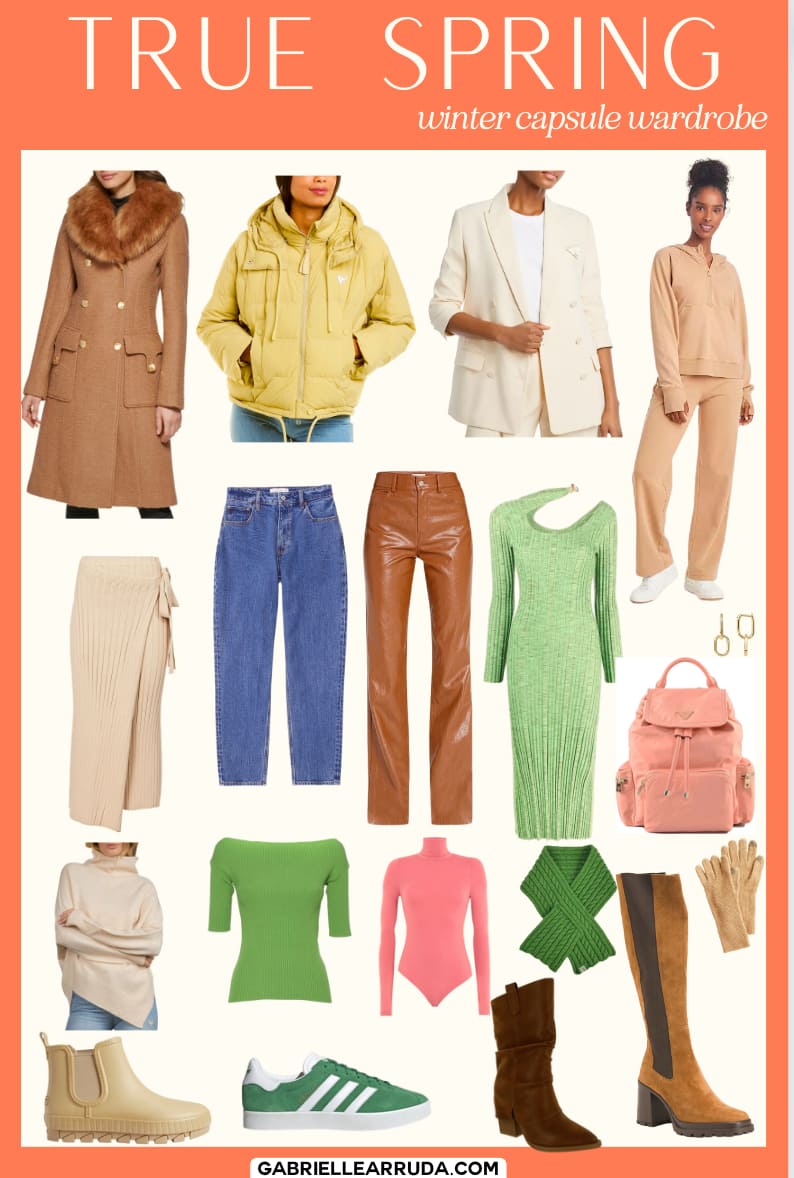
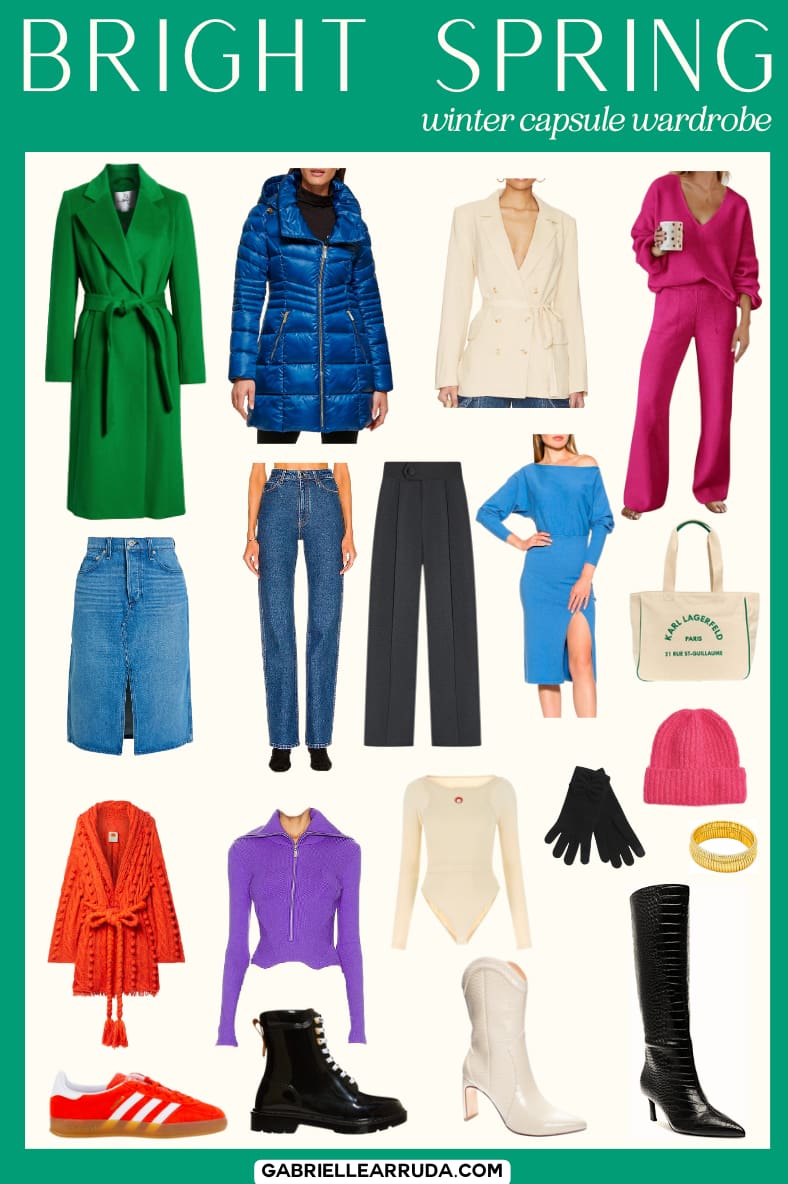
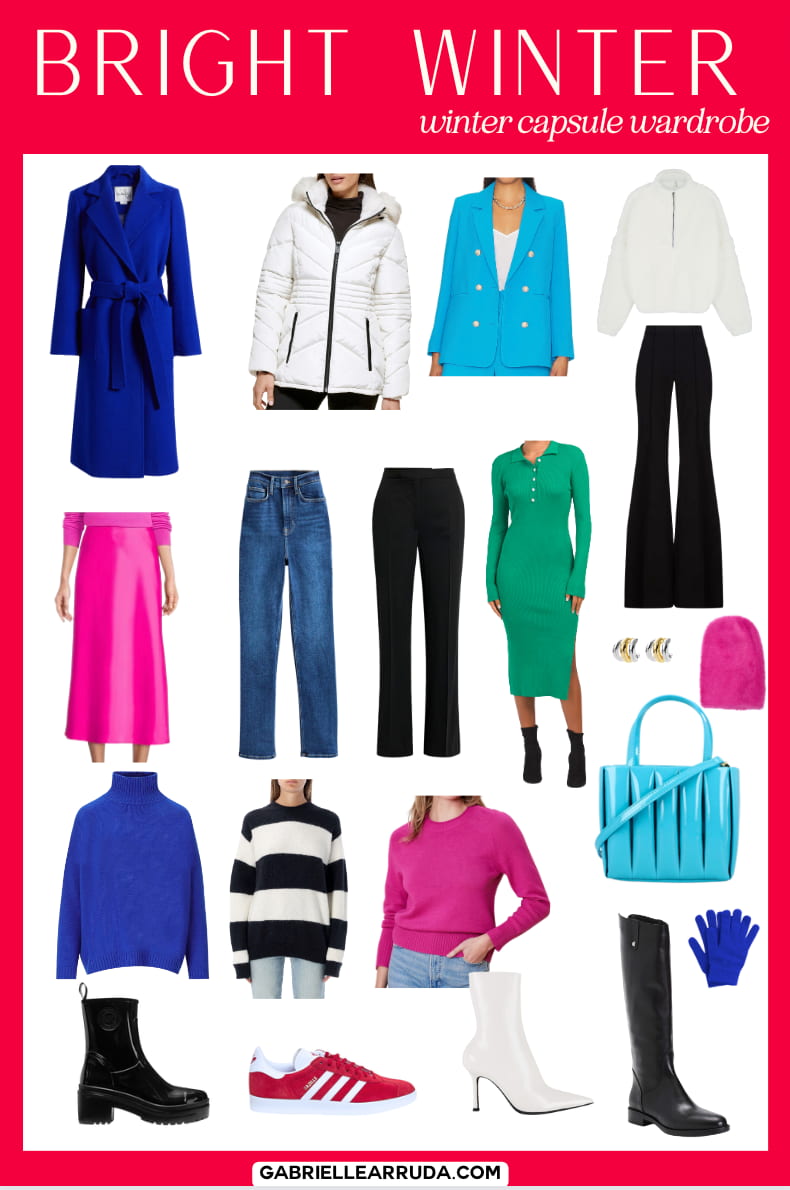

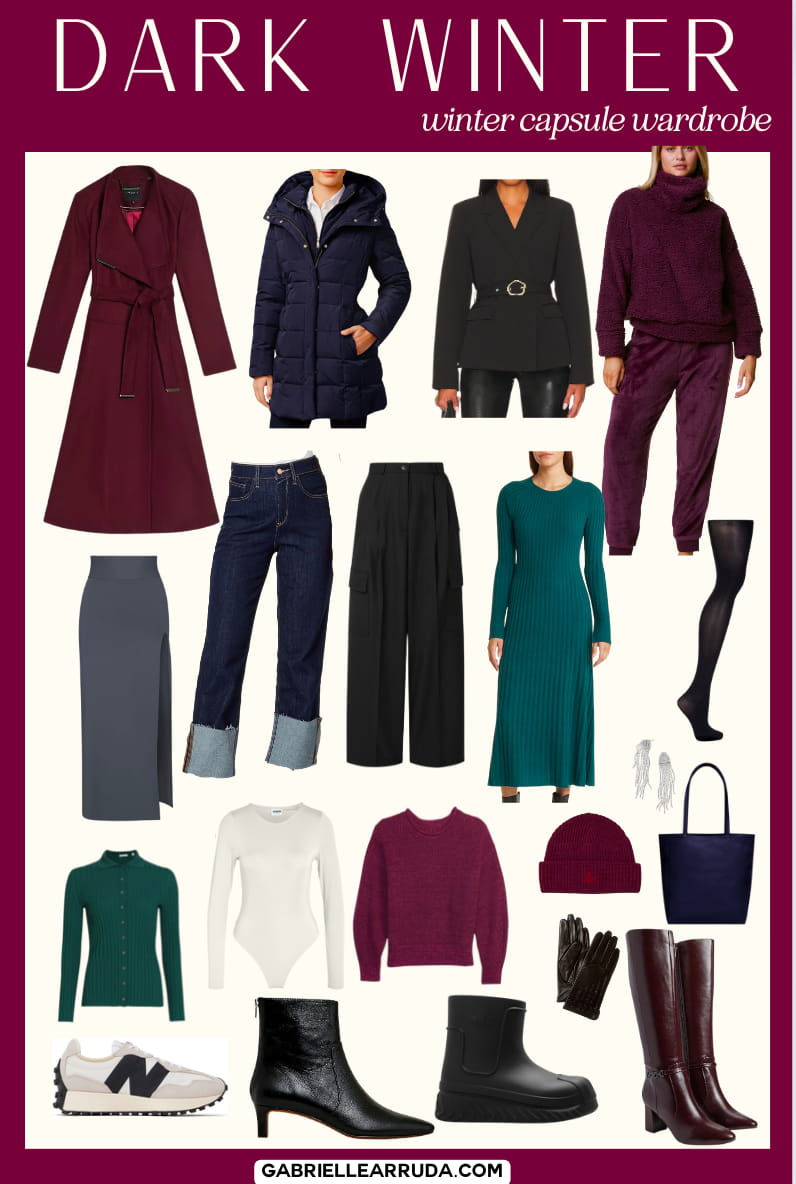
wendy
Saturday 3rd of February 2024
Hi Gabrielle, Your guide to explaining color and the seasonal guides are the best resources I have found. Thank you so much and please keep them coming. I have not yet identified my season but I am on my way. I have dark hair which is colored since my roots are pure white. Could you add pure white to the guide for those of us that don't have grey hair?
Gabrielle Arruda
Saturday 3rd of February 2024
Yes, I can definitely try to add this! Thank you!
Quitterie
Thursday 1st of February 2024
Would love to get a True winter full guide. That would help me a lot as I just discovered I'm True winter (Neutral leaning cool)
Gabrielle Arruda
Thursday 1st of February 2024
It should be out later today or tomorrow!
Bonina
Thursday 11th of January 2024
Hi, I love the seasonal guide! I'm trying to build a new work wardrobe that has to stand up to the elements so it's nice to see options in my color pallet that work with the weather. Please keep doing this series for all the seasons. I'd love to see one for rainy weather too since I struggle to stay dry, warm, and in my color season all at the same time. Keep up the good work!
Gabrielle Arruda
Friday 12th of January 2024
That's a great idea, thank you for the suggestion!
Dianne
Monday 8th of January 2024
Thank you for this wonderful information.
Karin
Tuesday 26th of December 2023
The link for light spring shopping examples is leading to true spring. :-)
Gabrielle Arruda
Thursday 28th of December 2023
Ah thank you for pointing this out! I fixed it!